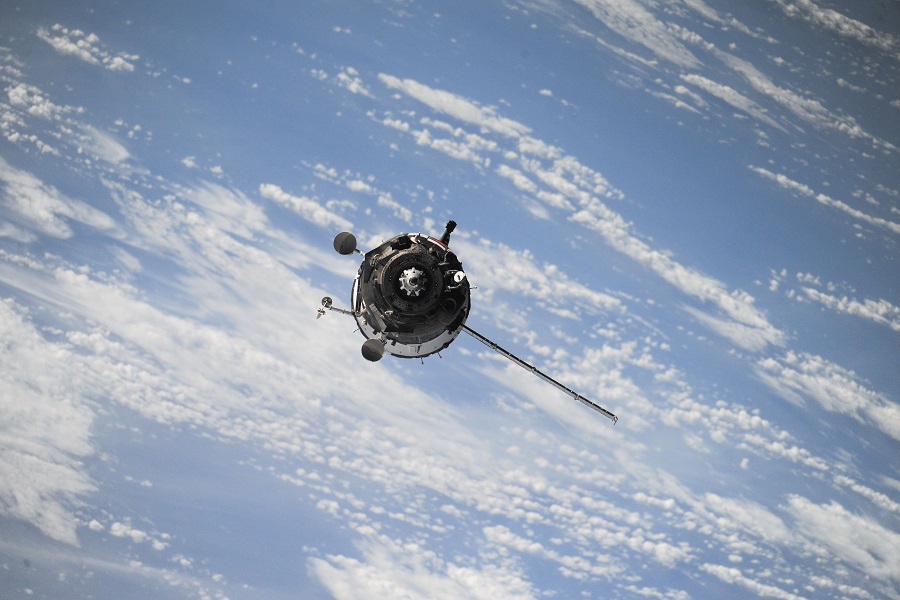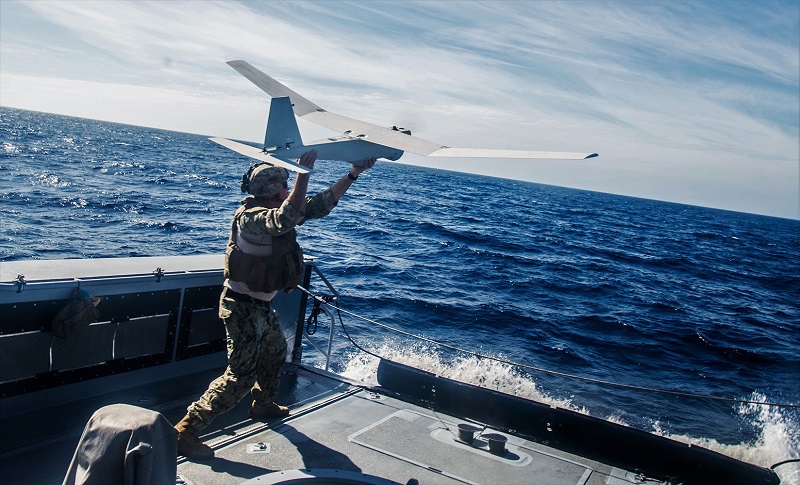NRO releases collection of previously classified documents

On November 16, the National Reconnaissance Office (NRO) announced the declassification and release of thousands of records in commemoration of the NRO’s 60th anniversary. This historic collection of documents offers unique insights into NRO’s storied legacy in space-based intelligence, surveillance, and reconnaissance.
“These pages offer a rare look at our earliest programs and projects covering hundreds of innovations including the foundation for today’s commercial imagery from space,” said Dr. James Outzen, director of NRO’s Center for the Study of Reconnaissance. “The creativity and foresight of NRO’s earliest pioneers, as seen in these documents, paved the way for the capabilities that help keep our nation safe today and into the future.”
Since its inception in 1961, the NRO has been a cornerstone in the nation’s strategic and operational advantage in space. Today, the NRO provides overhead intelligence, surveillance, and reconnaissance to more than a half-million users across government—including the Department of Defense, every member of the Intelligence Community, two dozen domestic agencies, policymakers, and decision-makers. This declassification announcement includes the following records.
Road to EOI “From Buckets to Bits”
This release includes more than 3,000 documents that provide insight into the NRO’s transition from film to electro-optical imaging. The NRO invested in the earliest efforts to develop sensors for obtaining digital imagery from space in near-real-time. In 1976, the NRO launched the first satellite carrying the new sensor known as Kennen. The Kennen satellite not only provided the President and other U.S. leaders with critical intelligence for responses to crises and threats, but also paved the way for today’s growing commercial reliance on imagery from space.
The Era Before KENNEN/KH-11
This paper includes a two-section, 122-page document that details the decision to develop the Kennen imaging satellite launched in 1976. The Kennen satellite provided near-real-time imagery using an electro-optical imaging sensor. Information in this release also covers acquisition activities leading up to President Nixon’s approval of the program.
Project FULCRUM
This project started at CIA, and was developed into the imaging satellite known as Hexagon. The CIA transferred the program to NRO, leading to the first launch of Hexagon in 1971. This release includes nearly 1,400 documents including memos, weekly reports, and funding information.
Chapters 4 & 5 of “The SIGINT Satellite Story”
This includes more than 90 pages from NRO’s official history of early signals collection. This data details 109 missions from 1960-1980. The sensors and passenger satellites that were carried on Corona, Gambit, and Hexagon photoreconnaissance satellites, were vital to early signals collection experiments.
For more information and previously declassified programs, visit the NRO’s Center for the Study of National Reconnaissance.
Source: NRO
If you enjoyed this article, please consider becoming a paid subscriber. Your support helps keep our site ad-free.








